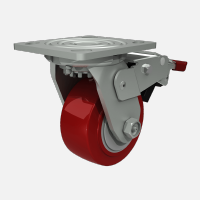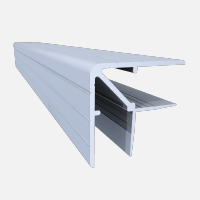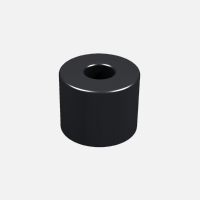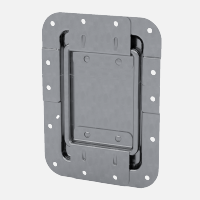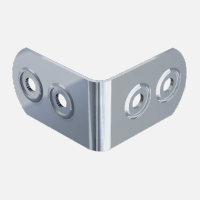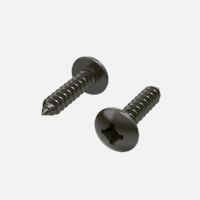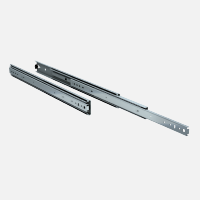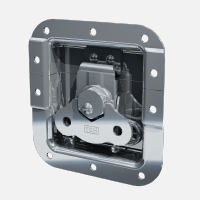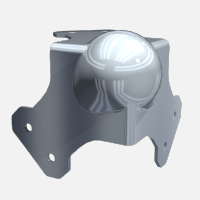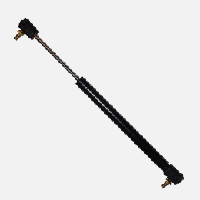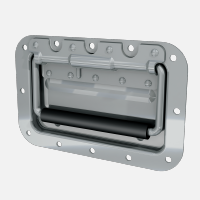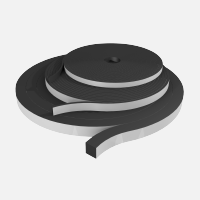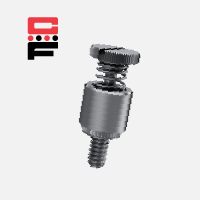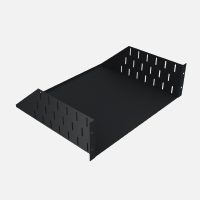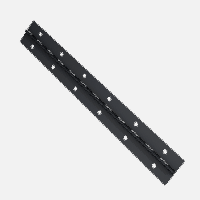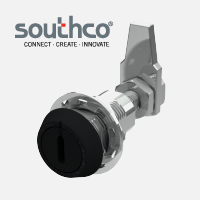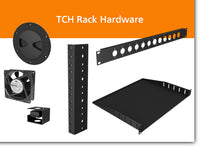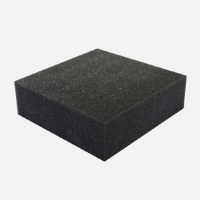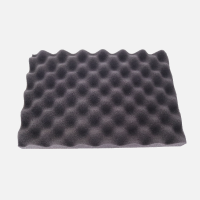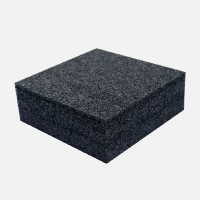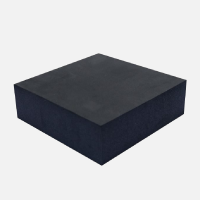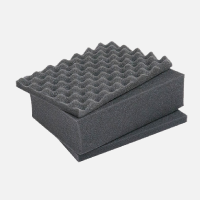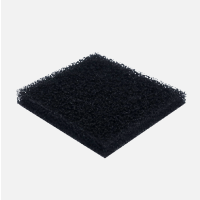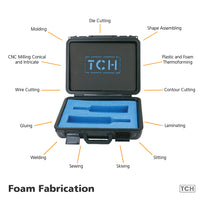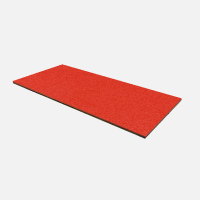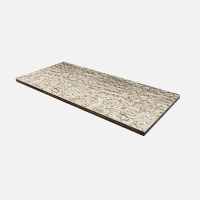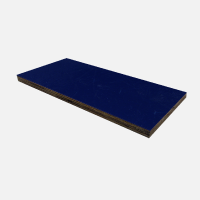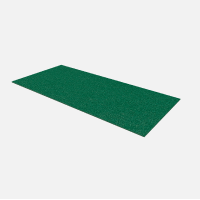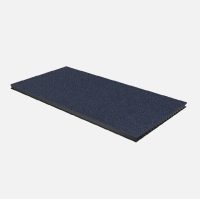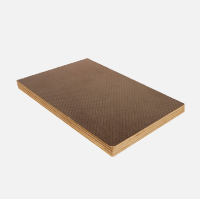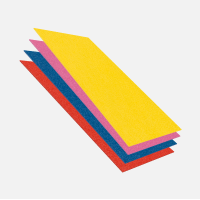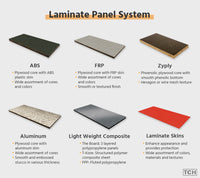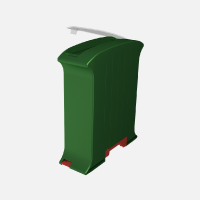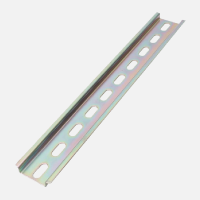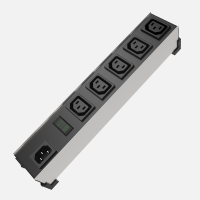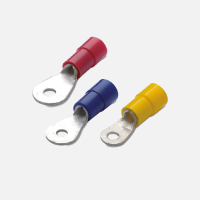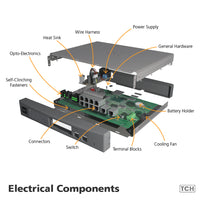Foam fabrication is included in a world increasingly driven by technological innovation. One of the most notable advancements in this space is waterjet technology. While traditionally, foam has been cut and molded in various ways; waterjet technology offers an exciting and efficient twist to the narrative. Let's explore this technology, its implications, benefits, and the future it paints for foam fabrication.
What is Waterjet Technology in Foam Fabrication?
At its core, waterjet technology involves utilizing a high-pressure jet of water, sometimes mixed with an abrasive substance, to cut through materials. In the context of foam fabrication, it provides a precise and clean-cutting method that stands out from traditional approaches.
How does Waterjet Technology Differ from Traditional Methods of Foam Cutting?
Traditionally, foam cutting ranged from using hot wires to specialized blades. However, the introduction of waterjet technology has transformed the landscape. Below, we'll highlight some key differences:
Traditional Foam Cutting Methods:
It can cause uneven edges.
Potential for foam to melt or get damaged due to heat.
Limited design intricacy.
Waterjet Technology:
Achieves smooth finishes and edges.
No heat means no damage to the foam.
Allows for intricate designs and patterns.
Why is Waterjet Technology Beneficial for Foam Fabrication?
The advantages of waterjet technology in foam fabrication services are numerous:
Precision: Achieves exact measurements and intricate designs.
Flexibility: Suitable for various foam types.
Eco-friendly: Uses water, reducing environmental impact.
Safety: Eliminates risks associated with blades or heat.
Efficiency: Reduces waste due to precision.
How Does Waterjet Cutting Work on Foam?
The process involves propelling water at high speeds through a narrow nozzle. When this jet hits the foam, it swiftly cuts through it. Given the soft nature of foam, water alone can often achieve the desired cuts without the need for abrasives.
What are the Different Types of Foam Compatible with Waterjet Cutting?
Almost all foam types can be effectively cut using waterjet technology. However, the results might vary slightly depending on the foam's properties.
Is There a Difference in Cutting Open-Cell Foam vs. Closed-Cell Foam?
Certainly, open-cell foams, characterized by interconnected pores, can sometimes absorb some water during the cutting process. In contrast, closed-cell foams with sealed pores don't drink water, making cutting smoother.
What are the Main Components of a Waterjet Machine for Foam Cutting?
Waterjet machines, tailored for foam cutting, primarily consist of:
High-pressure pump
Abrasive hopper (for abrasive waterjet cutting)
Control software
Cutting head or nozzle
Catcher tank
What Parameters Are Essential in Waterjet Cutting for Foam?
Optimizing the parameters ensures efficient foam cutting:
Water pressure
Nozzle size
The traverse speed of the nozzle
Foam type and thickness
What are the Cutting Tolerances for Waterjet Foam Cutting?
Tolerances vary depending on foam types:
Depth Tolerance: ±0.005 inches for dense foams.
Dimensional Tolerance: Ranges between ±0.001 to ±0.005 inches.
Positioning Tolerance: ±0.001 inches for foams <2 inches thick.
What is the Thickest Foam that can be Waterjet Cut?
Waterjet technology can comfortably cut foam up to 8 inches thick, approximately 200 millimeters.
Advantages of Waterjet Technology in Foam Fabrication
Versatility in foam types.
Precision cuts.
Minimal waste.
Eco-friendly process.
No heat-affected zone.
How is Waterjet Technology Influencing Foam Applications in Different Industries?
Automotive: For seat cushions, insulation, and gaskets.
Aerospace: In crafting customized aircraft seat cushions.
Furniture: Producing ergonomic and tailored cushions.
Essential Factors to Consider When Using Waterjet Cutting for Foam
It's crucial to:
Understand foam properties.
Optimize machine parameters.
Ensure regular machine maintenance.
The Step-by-Step Process of Foam Fabrication Using Waterjet Technology
Design and programming.
Foam selection and placement.
Machine setup: pressure, nozzle type, etc.
Cutting process.
Post-cut inspection and finishing.
What are the Key Preparations Before Waterjet Cutting Foam?
Ensure the foam is free of contaminants.
Optimize the design for waterjet cutting.
Properly align and secure the foam on the cutting bed.
Cost Implications of Waterjet Cutting in Foam Fabrication
Comparatively, while the initial setup cost might be higher, the efficiency, precision, and reduced wastage often make waterjet cutting more cost-effective in the long run.
Conclusion
Waterjet technology isn't just another cutting method; it's a revolutionary shift in foam fabrication. Offering unparalleled precision, versatility, and eco-friendliness, it's evident that waterjet technology's future in foam fabrication is not only promising but transformative.
Itis in cooperation with Techni Waterjet.
At TCH, We offer a full range of packaging and cutting solutions, from simple foam inserts to complex designs executed by our array of machinery.




